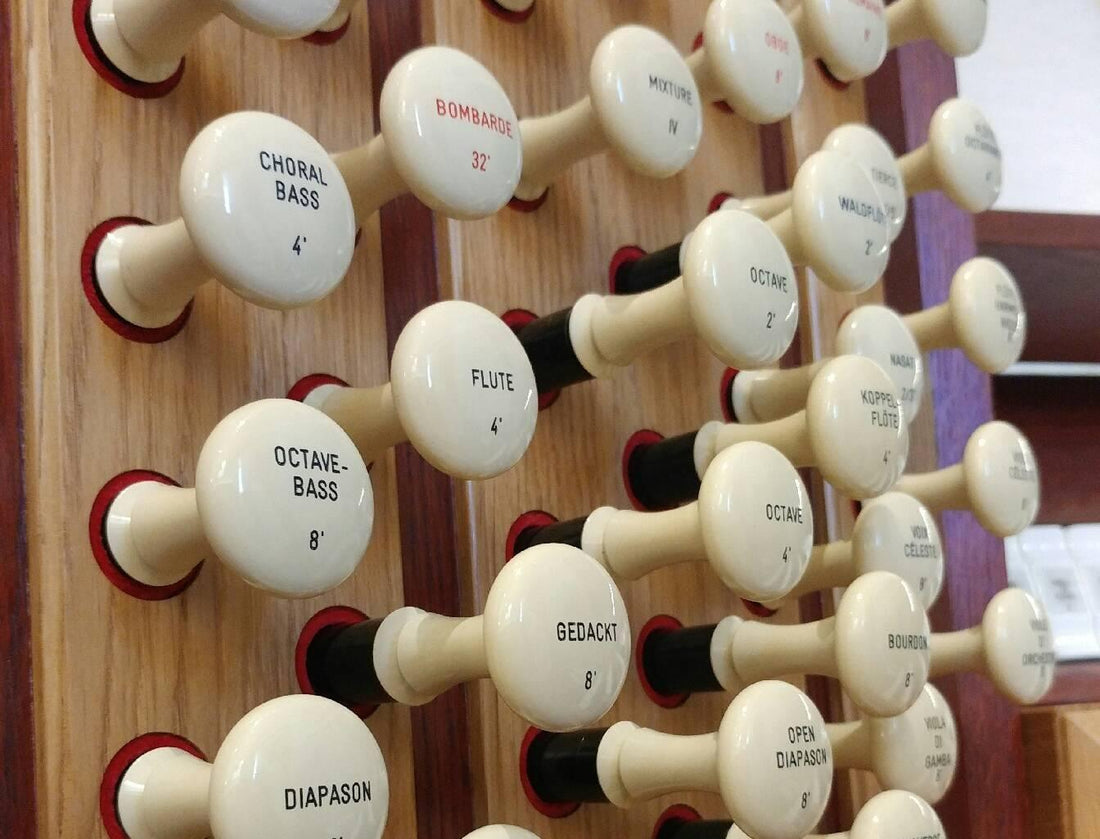
Understanding Organ Registration and Its Uses
Welcome to the world of organ music hymns! This vital aspect of worship and ceremonial settings is often overlooked, yet it holds the key to creating captivating auditory experiences. To truly relay the profound emotions and stories found within these pieces, mastering organ registration becomes essential. In this blog post, we will explore the fundamental concepts of organ registration, its significance, and how to effectively use it to enhance your performances. Whether you're an aspiring musician or a seasoned player, this guide will provide you with essential insights into this crucial component of organ playing.
What is Organ Registration?
Organ registration refers to the selection of stops and tonal combinations to achieve a particular sound or timbre during an organ performance. This not only involves choosing which pipes will be utilized but also how they are combined. Different registrations can transform a piece of organ music hymns, allowing it to resonate beautifully with the audience or create dramatic, powerful moments.
Understanding Stops
At the heart of registration are stops. Each stop on an organ corresponds to a set of pipes that produces a specific sound. Organists can pull or push these stops to control which pipes are activated. Depending on the organ's design, it can have a diverse range of stops, each contributing to the music's overall character. Here are some common types of stops:
- Diapason: Often considered the "foundation" stop, it produces a bright and clear sound.
- Flutes: These provide a softer, rounder tone that can add warmth to a registration.
- Reeds: Known for their piercing quality, reed stops are used for powerful punctuations in music.
- Strings: These stops mimic the sound of stringed instruments, enriching the harmonics of the organ through similarity.
The Importance of Registration in Hymn Playing
When it comes to organ music hymns, registration plays a pivotal role in how effectively the piece conveys its message. A well-registered organ can bring out the nuances of a hymn, whether in a reflective setting or a jubilant celebration. Here are some reasons why registration is crucial in hymnal performance:
Establishing Mood and Emotion
Different registrations evoke various emotions and atmospheres. For instance, a soft flute combination can create a sense of intimacy and contemplation, ideal for meditation or reflective hymns. Conversely, a powerful diapason registration can convey glory and triumph, suitable for hymns celebrating significant events or festivals. Using the right registration can transform the emotional landscape of the music, allowing listeners to connect deeply with the hymn's core message.
Highlighting Textural Layers
In organ music hymns, the interplay between melody and accompaniment is vital. Registration allows the organist to emphasize specific voices within the music. By combining different stops, an organist can create rich textures that add depth to the performance. This technique can help the congregation discern the melody from the harmonic progression, making for a more fulfilling worship experience.
Mastering Registration Techniques
Understanding how to use registration effectively takes practice and knowledge. Here are some handy tips for mastering organ registration in hymns:
1. Start Simple
When beginning with registration, start with simple combinations. Experiment with pulling just two or three stops that complement each other. For instance, pairing a diapason with a flute can create a well-balanced sound. As you gain confidence, gradually explore more complex registrations.
2. Analyze the Hymn
Before playing a hymn, analyze its structure and mood. Identify the sections that need different registrations. For example, you may want a softer registration during a contemplative verse and a fuller sound for a triumphant chorus. This analysis will guide you in selecting appropriate stops throughout the performance.
3. Listen to Others
Listening to experienced organists can provide invaluable insights into effective registration techniques. Pay attention to how they utilize registration for different pieces, particularly organ music hymns. You can even take notes during live performances or online videos to understand how various stops influence the sound.
The Role of Registration in Various Settings
While the context of your performance can influence registration choices, it’s important to remember that every setting has unique demands. Let’s take a closer look at how registration can be adapted across different environments:
1. Worship Services
In a traditional worship service, organ music hymns typically lead congregational singing. Here, your goal is to create a sound that supports responsive singing yet remains clear and inviting. A balanced registration that features a mix of diapason and flute stops is often effective. Be mindful to adjust your volume and registration when accompanying soloists or choirs.
2. Concerts and Recitals
For concert settings, the organist has more freedom to explore creative registrations. This is your chance to showcase the versatility of the organ and your own artistic vision. Use contrasting registrations to highlight different hymn arrangements, making use of dynamic range and varying timbres. This showcases both your skills and the organ’s capabilities.
3. Special Occasions
Events like weddings, funerals, or holiday services may call for specific registrations that resonate with the occasion’s spirit. At weddings, consider a joyous, full registration to accompany love themes often found in organ music hymns. For funerals, a more subdued and reflective registration might be fitting. Tailor your choices to suit the emotional tone of these special ceremonies.
Common Mistakes in Organ Registration
While learning about registration, it’s essential to be aware of common pitfalls that some organists may fall into:
1. Overcomplicating Registrations
New organists often feel the need to use many stops at once to make an impact. However, simplicity can often produce a more powerful effect. Rather than layering intricate combinations, focus on enhancing the music's natural beauty with fewer stops that complement each other.
2. Ignoring the Space
The acoustics of the space where you perform can dramatically affect how sound is perceived. Registering for a quiet chapel will differ from a large cathedral. Always adjust your stops based on room size and crowd noise for optimal sound.
Embracing Modern Technology
In today's digital age, technology has embraced organ playing, allowing musicians to engage with registration in innovative ways. Some contemporary organs come equipped with digital features that provide preset registrations, enabling easier switching between sounds. This can provide valuable support for those learning how to register effectively.
1. Utilize Digital Registrations
Familiarize yourself with any digital registrations available on the organ. Take advantage of their ease of use but be cautious not to rely on them completely. Aim to develop your registration ear so you can independently choose effective combinations, even without technology.
2. Record Your Practice
Recording your practice sessions allows you to analyze your registration choices critically. Listen back to identify what worked and what didn’t, and make adjustments accordingly. This self-assessment will improve your skills and deepen your understanding of sound production.
Building Confidence in Your Registration Skills
Experimentation and practice are key to building confidence in your registration skills. Take the time to explore various combinations and familiarize yourself with different hymns. By engaging with both classic and modern organ music hymns, you broaden your repertoire while enhancing your registration abilities.
1. Set Goals for Each Session
Each practice session should have specific objectives focused on registration. Whether it’s trying out a new stop combination or improving registrations for a particular hymn, setting goals will allow you to gauge your progress effectively.
2. Collaborate with Other Musicians
Engaging with other musicians can provide fresh perspectives on registration. Play alongside choirs, vocalists, or instrumentalists, and encourage open dialogue about how registration can support their performances. By seeking input from your fellow musicians, you cultivate a richer organ experience for all involved.
Your Next Steps in the World of Organ Registration
Mastering organ registration takes time, patience, and a deep understanding of sound relationships. Delving into the interplay of stops, timbres, and emotions allows organists to elevate their performances significantly. As you embark on your journey to master this skill, always remember to cherish the impact of organ music hymns.
Continue to explore, innovate, and inspire through your artistry as an organist. The potential is limitless when you blend your personal insight with the rich history of organ music, creating hymns that will resonate with audiences for years to come. So go ahead, bring life to your performances, and unlock the beauty of organ registration!
Silent Night Free Sheet Music Canon | Easy Organ Arrangement for Christmas
Away in a Manger Intermediate Piano Solo
Christ the Lord is Risen Today Fanfare | Easter Organ Sheet Music. For Organ, Choir or Congregation
Come Thou Fount of Every Blessing Organ Solo – A Powerful and Timeless Arrangement
View Comments
Leave a Comment
No comments



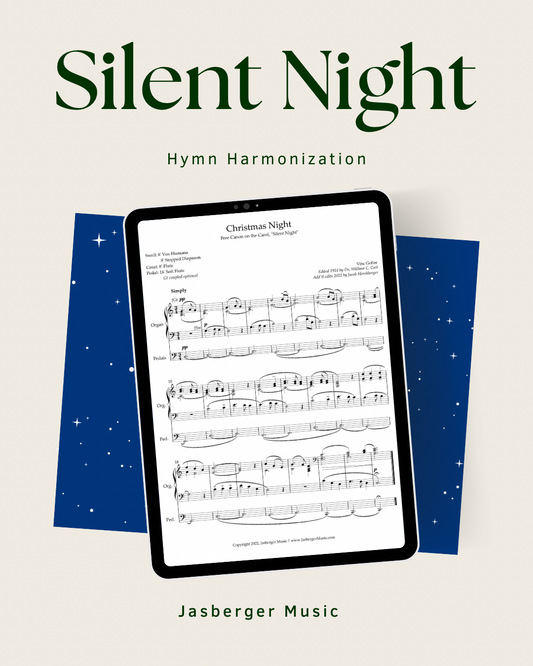
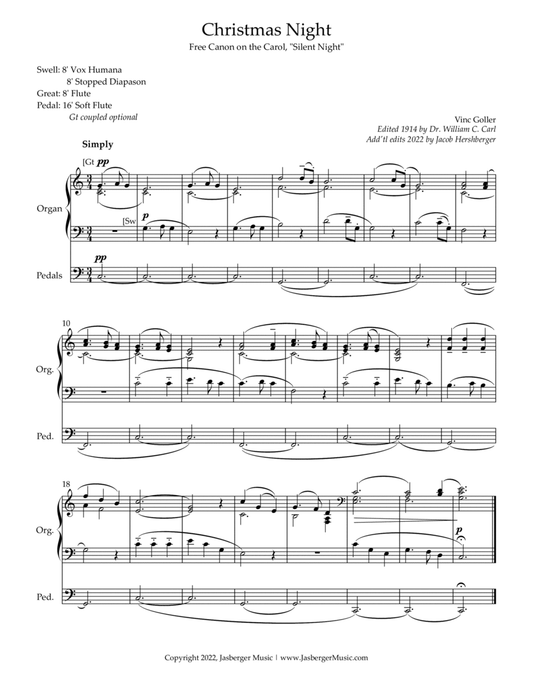
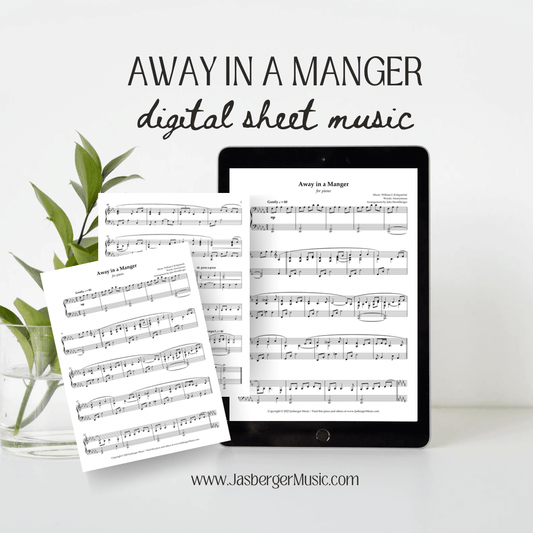
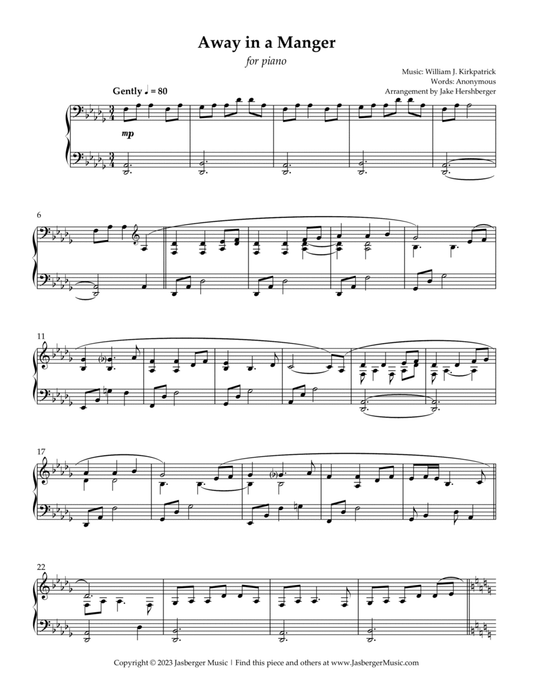
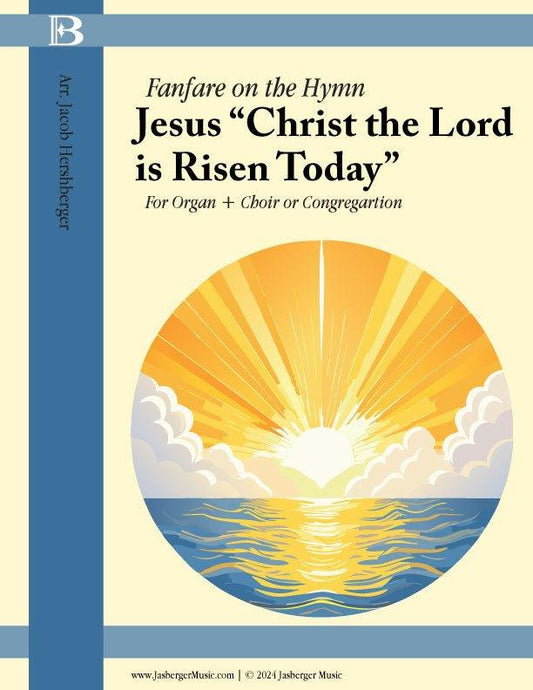
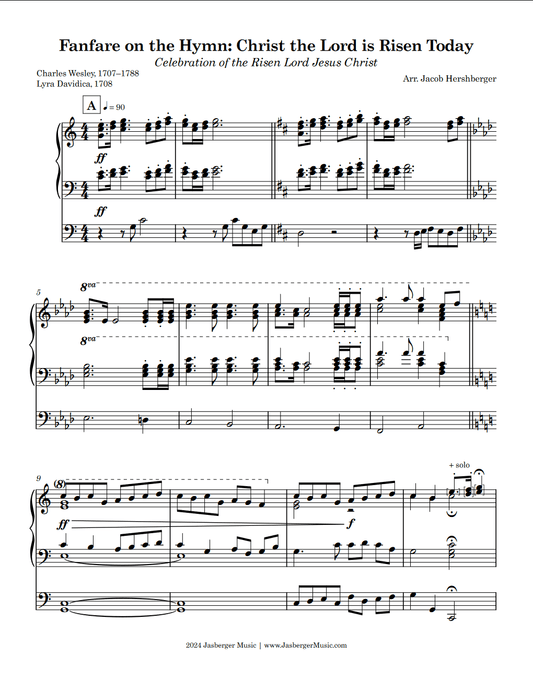
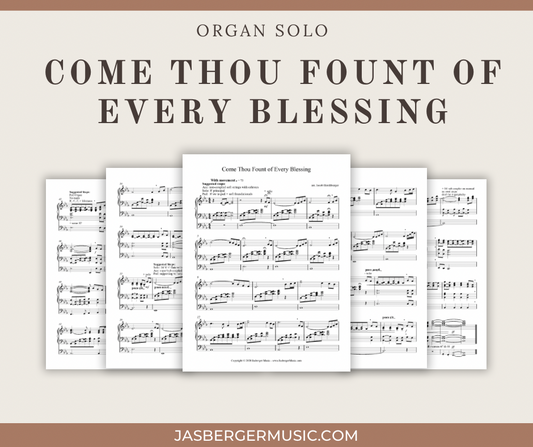
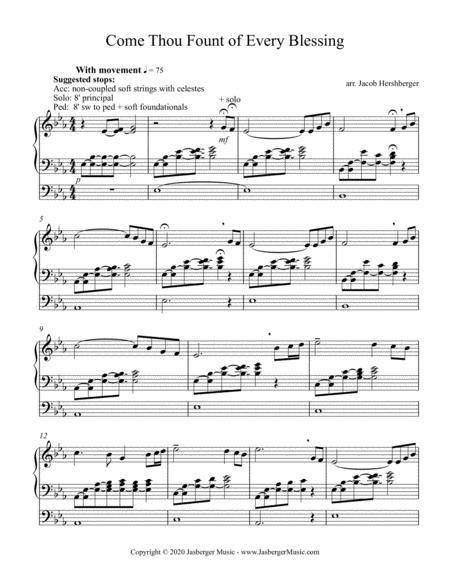

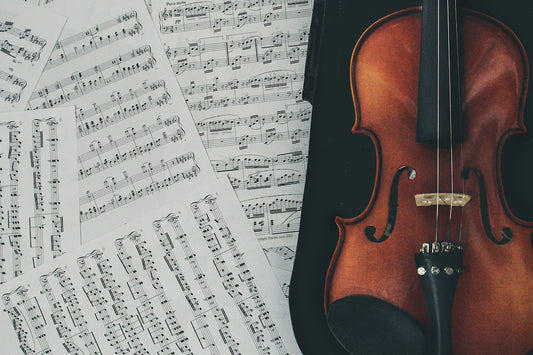

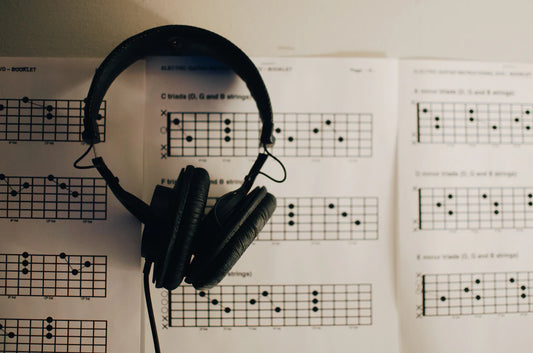


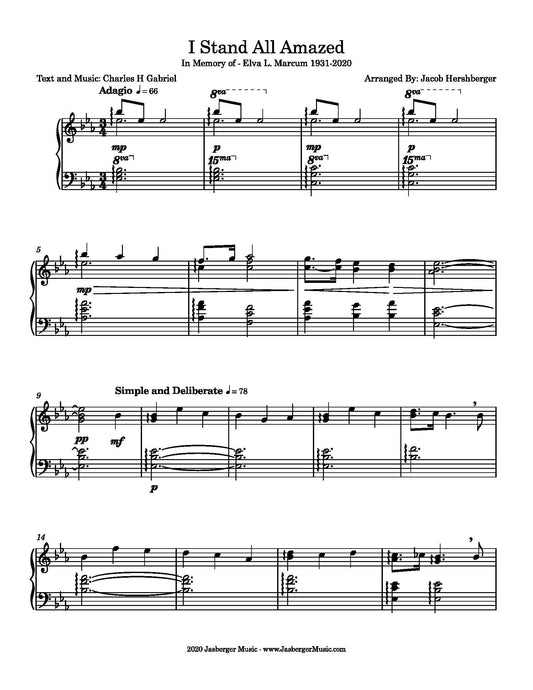
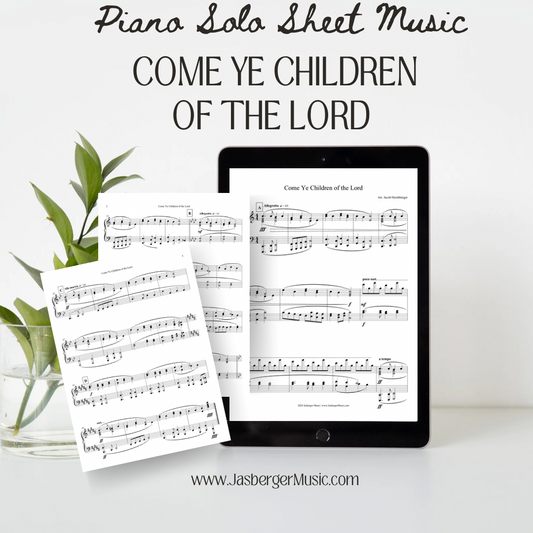
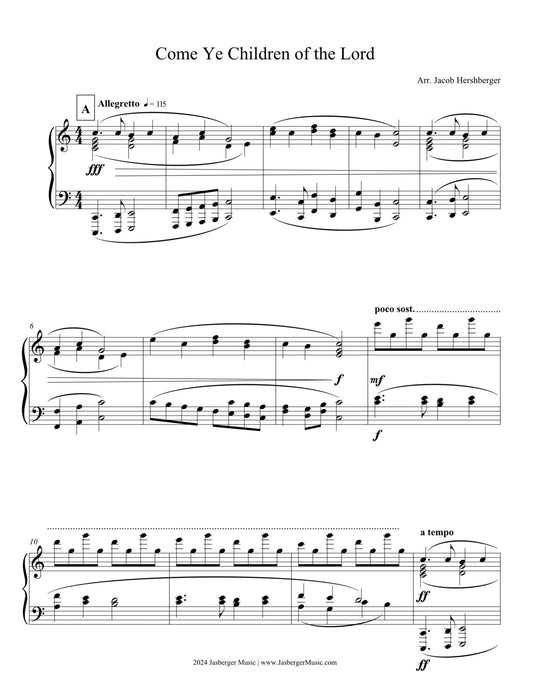
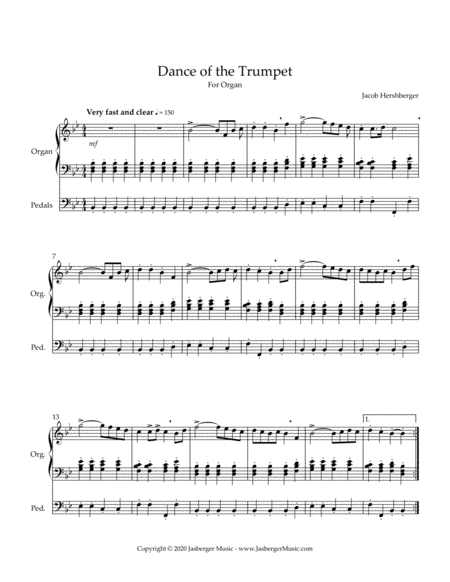
comments